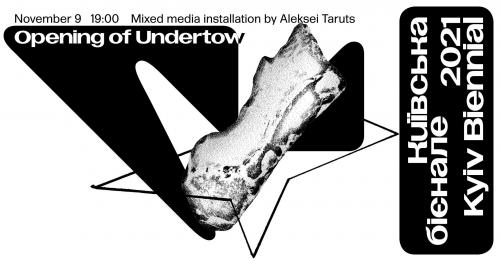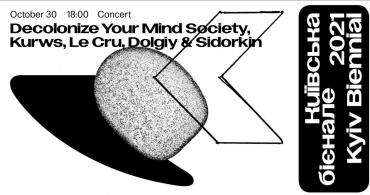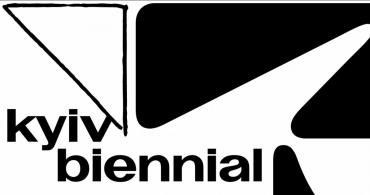Opening of Aleksei Taruts`s exhibition "Undertow" at Dzherelo art space
8 november, 2021
Allied – Kyiv Biennial 2021 presents an opening of Aleksei Taruts`s exhibition "Undertow", which will last until November 14. The opening of the exhibition will take place at Dzherelo art space on November 9.
Press-release of the exhibition says:
"Splish splash. Sip. Dip. Hold your breath and plunge into the bathe of Πόντος Ἄξενος. Its undertow leads inland and further, delving into the Earth’s crust, drilling through the geological formations. How would this invisible flow shift the European currents?
The hose segments wound off in the exhibition space serve as a reservoir for a cursed geopolitical liquid: sea water collected from the strait of Kerch that washes against the Crimean peninsula. The resource is renewable as long as the piece is part of the exhibition complex. Historical events are ecological objects that appear in the framework of global industrialization processes – straits turned into military interfaces, rivers into autobahns, sea beds into transcontinental streaming platforms. Fossils are dead. Phantoms are gas. Have phantoms ever been more decorative?
Unlike a generic express delivery item that has an added phantasmal value that forces it to exist and to be “suggested” online – “Undertow” is aware that it feeds upon geopolitical nightmares. The European borders happened to be washed out by a flux, creating a leak in a thalassocratic pax. Would an inflated dragon scare the ephemeral forces of the past charged with an ever-growing blast of technological might?"
Dzherelo art pavilion is an independent art space created by the curatorial group Wet Hole (Alina Kleytman, Nikita Kadan, Bohdana Kosmina). The pavilion located in Kyiv’s Shevchenkivskyi district aims at activating public discussion around the ecology of human existence in the city through its exhibition and discursive program embracing the widest audience 24/7. Dzherelo was created under the slogan “from a modernist water-pump of the ’90s to a contemporary art space,” where curators departed from the classic “white cube” towards the “glass cube” concept, which allows any citizen to face contemporary art at a convenient time in the urban landscape.Share:



